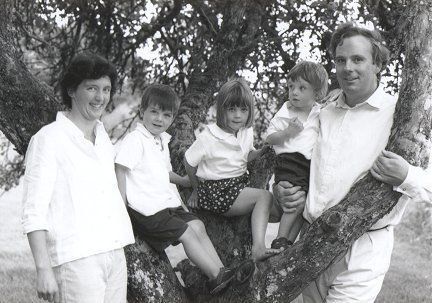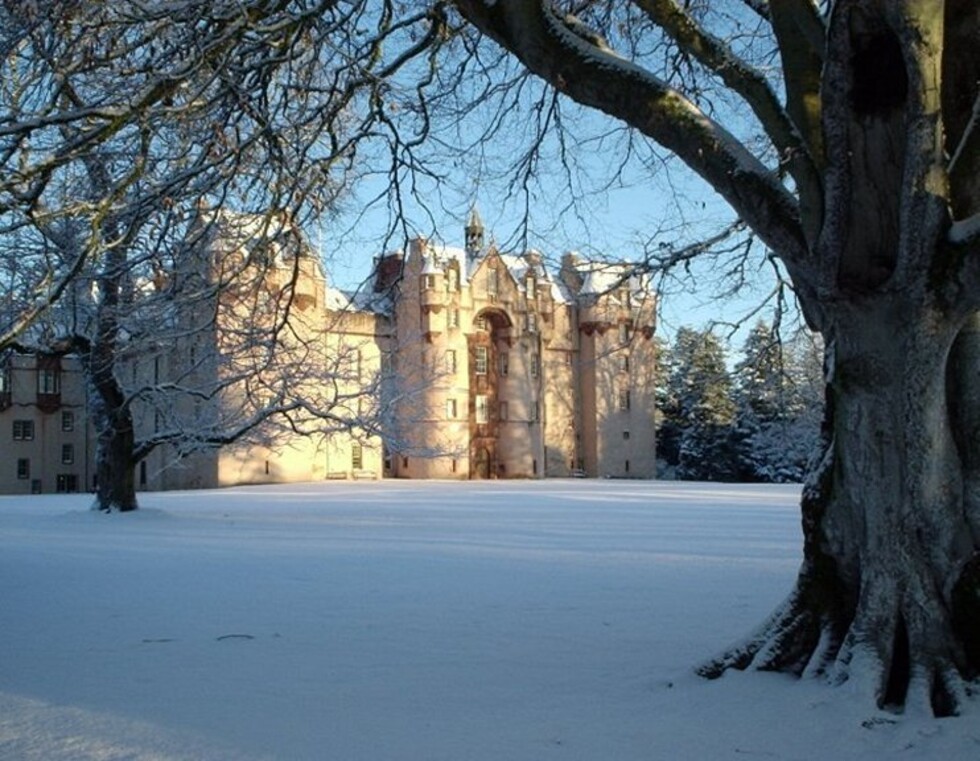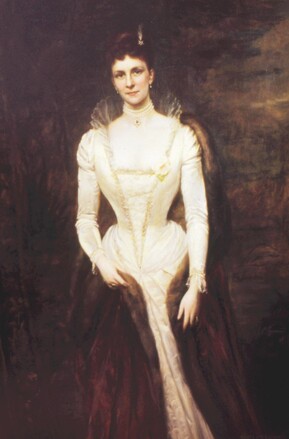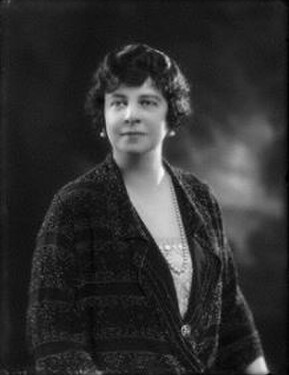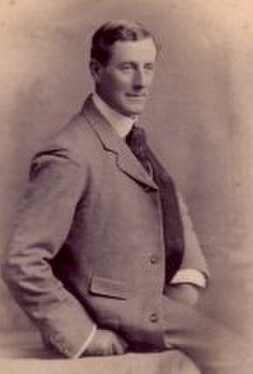The Forbes-Leith family at Fyvie Castle
1889 to 1925, Alexander Forbes-Leith, Lord Leith of Fyvie
She and her husband had four children, and Alexander, born in 1861, was the eldest. Living not far from Fyvie, in Blackford, Alexander was acquainted with the old Castle at Fyvie from his earliest years. A well-authenticated tale of his childhood seems to form the keynote to his future life.
It is said that one day, when he was about six years old, he set off from his home at Blackford without telling his family, to walk to Fyvie. Something about the Castle must have lured him with an irresistible force for him to have walked the six miles or so alone, through thick woods that must have conjured up visions of bears jumping out to attack him. It is said that he got a lift in a cart part of the way, and he eventually reached his destination. He tried to ring the bell at the Castle door, but he was so tiny that he struggled to reach it – but ultimately he was successful, and as the peal clanged through the house, the door was opened by a servant who enquired with some perplexity what the small visitor had arrived for.
'I have come to see Fyvie again', was the answer 'I mean to have it some day'. This determination was fulfilled many years later, and the imaginary bears that the little fellow had dreaded may still be seen today, materialised in stone, and representing the family of Forbes, on the roof of Fyvie Castle.
Young Alexander was only eight when his father died in 1855, and his mother subsequently went to Berlin with her younger children. Alexander was sent out to join her and travelled alone, labelled with the address. He went part of the way in a sailing ship, his first taste of the sea.
At school in Berlin he proved intractable. He hated the Germans, fought the German boys on every occasion, and obstinately refused to learn their language. Later he was sent to the Military Academy of St Cyr, and after that to a school in Gosport, where he remained until he joined the Navy in 1860.
He served in HMS Britannia for fifteen months and during that time distinguished himself as a good swimmer – before he was out of his teens he gained the Royal Humane Society's medal for saving a boy from drowning when serving on an Australian station. Of this early period a few letters were still surviving in the 1920's, and show that the boys on the Britannia escaped many of the hardships which boys then at sea had to undergo, and that they had ample food and care.
'I am getting on splendidly here', he wrote to his mother in a boyish letter, 'and go up in the rigging whenever I like, so delightful always to have the sea breezes in your face…………We have breakfast at 8 o'clock, dinner at 12 o'clock, tea at five o'clock, then we have as much ship biscuit between 9 and 10; we have very good food.'
Alexander used to say that he had an adventurous time in those early days – his ship was employed in chasing slavers, and he used to be sent with a few men in a small sailing boat up the rivers in order to discovered any attempts being made to carry on this traffic. These reconnoitring parties were in considerable peril from the slavers they encountered. Another time when he had sailed north, his ship was in hair-breadth escapes from icebergs.
None the less, as greatly as the sea appealed to him, he did not like life in the Navy at this period, and alarmed his mother by constantly threatening to leave it. The monotony of weeks away from shore, the restrictions of the same routine day-in day-out, and the craving to find a profession where he would be leader rather than led, and where his powers of organisation would find some fitting outlet, made him restless and unsatisfied. But his mother, as a widow, could not listen to these complaints, and told him firmly that he must remain in his father's profession. 'The Navy', she wrote, 'is said to be the cheapest profession for one of extravagant tastes. On fifty pounds a year a midshipman can live handsomely.'
Alexander stayed in the Navy as his mother commanded, until in 1870 the whole course of his life his life changed unexpectedly.
As France and Germany were then at war, HMS Zealous, flagship of the Pacific Squadron and on which Alexander was serving, was ordered to keep within hail of the Admiralty. There then being no radio or any other means of speedy communication, the Zealous lay in the harbour of San Francisco for two months awaiting orders from home. Entertainments of every kind were given ashore in honour of the young visitors, who returned their hospitality by numerous dances on board.
Pictures of Alexander Forbes-Leith, Lord Leith of Fyvie
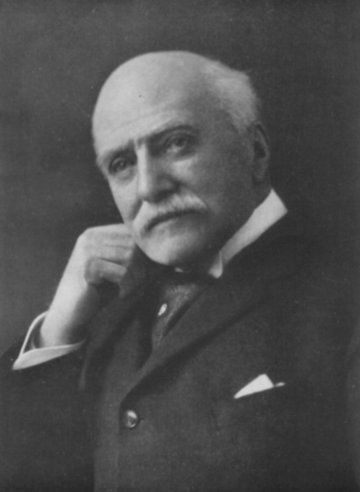
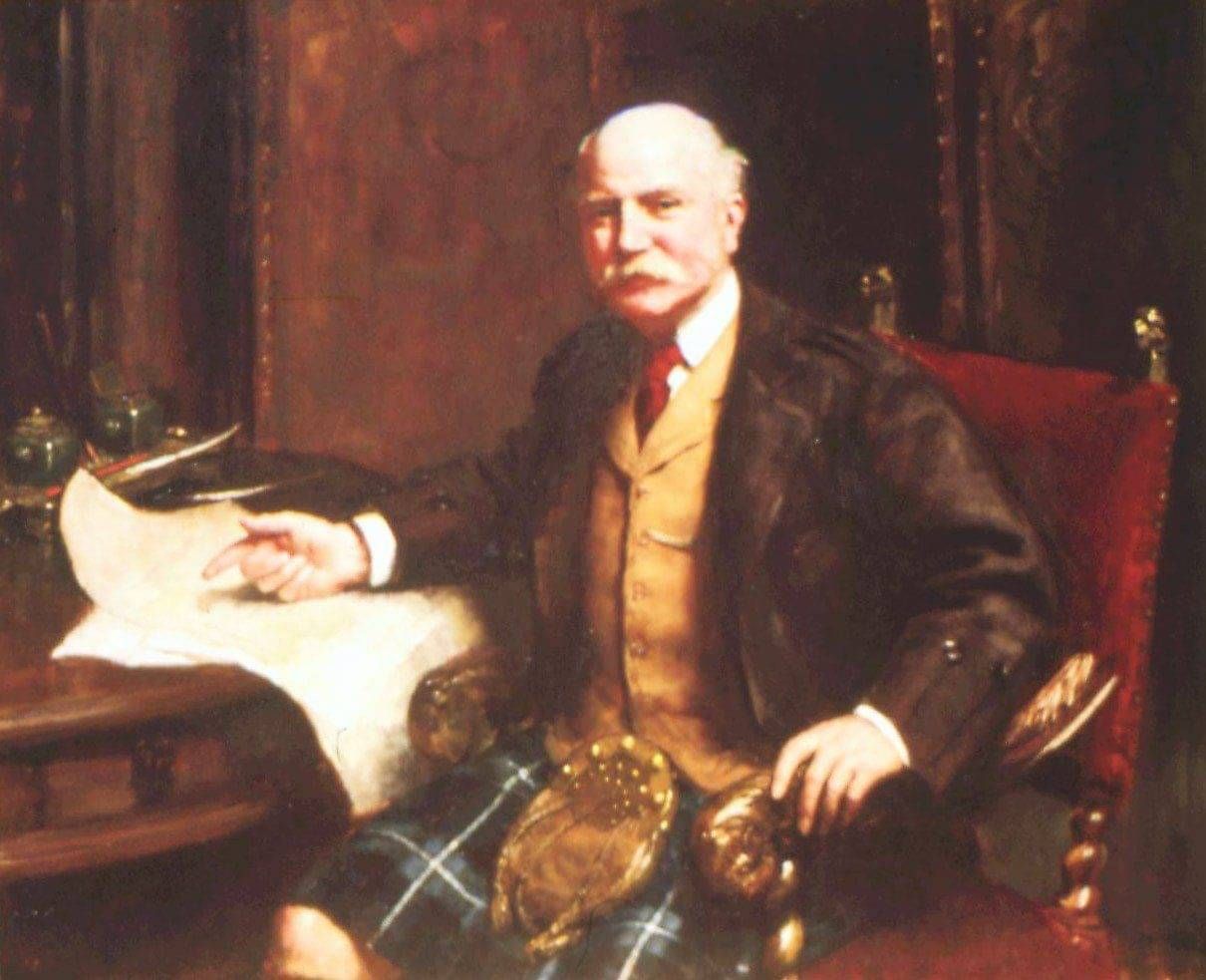
Lousie January, later Lady Leith of Fyvie
They were married in Paris on October 19th 1871, and a year later Alexander left the Navy and decided to live in St Louis. This soon resulted in him embarking on various enterprises of his own. His commercial career actually commenced at St Louis with the Missouri Furnace Company. One of its customers, the Joliet iron and Steel Company, of Joliet, Illinois, had got into financial difficulties, owing the Missouri company a considerable amount, and Alexander was appointed Receiver by the Court.
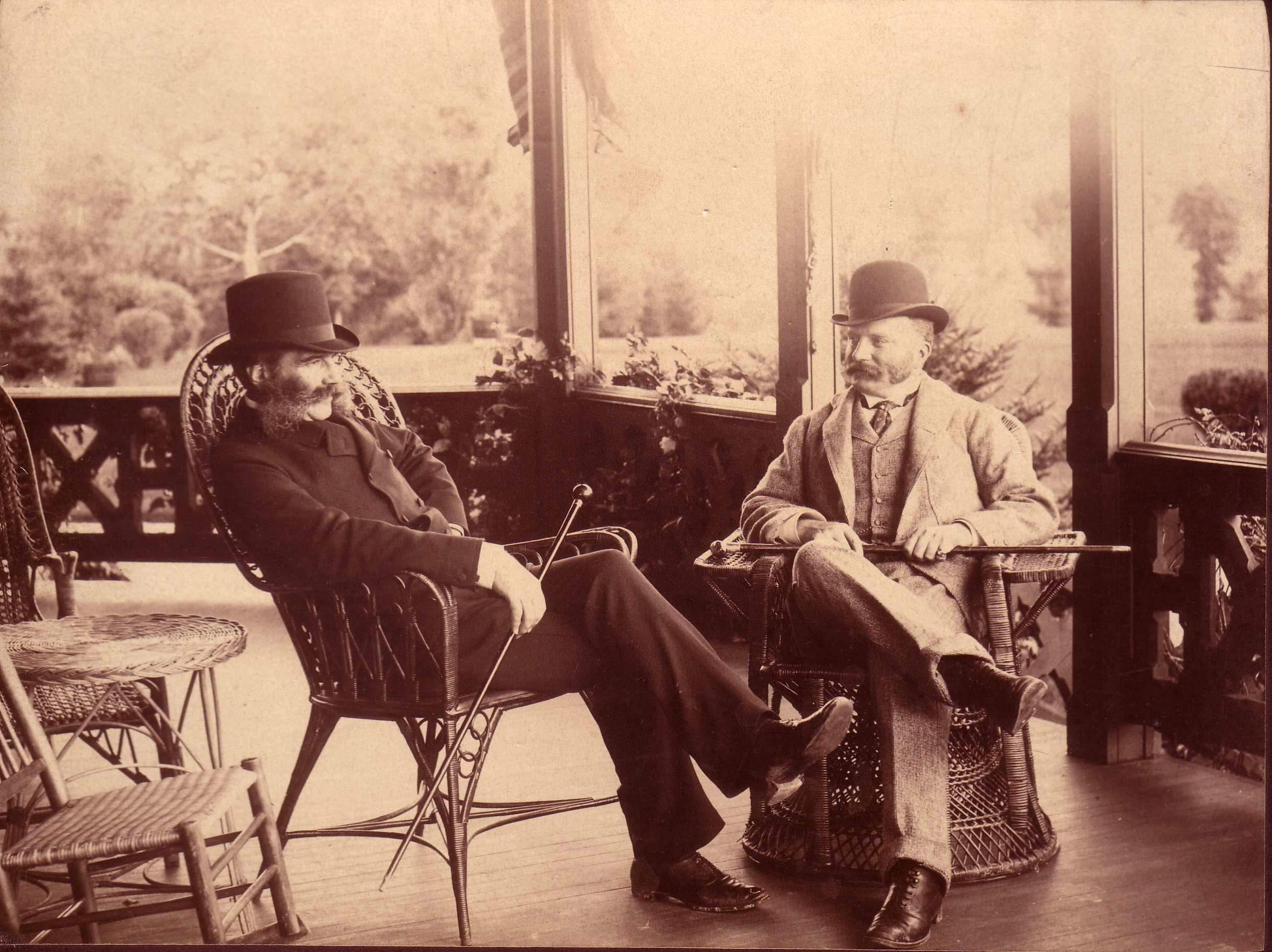
Five years later, in May 1890, he formed a colossal Steel Trust, the Illinois Steel Company, which was a merging of the North Chicago Rolling Mill Company, the Union Steel Company, and the Joliet Steel Company. Its authorised capital was $50,000,000 – considered a very large amount in those days. He was first President of this company, but resigned in February 1901, as he considered that the principal executive of an industry of this magnitude ought to be a permanent resident of the United States.
During that period he was also one of the principal factors in the formation of the United States Steel Corporation which was organised in 1901, and although not actually present at the time in the United States, his plan was adopted in forming the Federal Steel Company. His counsel was sought continuously, and his advice followed implicitly in the formation of other great companies moulded upon his scheme.
However, during his years of industrial enterprise, of hard headed commerce, he never lost the aesthetic side of his character; he was a connoisseur of paintings and objects of art and beauty. When news was brought to him that the Fyvie Castle and estate were up for sale, he did not hesitate - in 1889 he concluded the purchase for the sum of £175,000.
The new Laird of Fyvie, (who had changed his name to Forbes-Leith upon the purchase) with his tireless energy, soon devoted his attention to the development and improvement of his new estate, with which he swiftly became identified.
Fyvie had fallen into comparative neglect, even before the days of Sir Maurice. The later generations of Gordons who owned it had little money to spend on its upkeep. Thus, while nothing could rob the place of the glamour of its great antiquity, both internally and externally the place was in a state of disrepair.
The fine taste of the new Laird, backed by his great wealth, combined to restore Fyvie to its ancient splendour enhanced by a new charm and modernity. The new Laird eliminated with a relentless and almost too-drastic completeness all that he held to be ugly or unworthy of such a setting. He introduced throughout the Castle antique and graceful furniture, fine tapestries, suits of armour, and beautiful pictures – Gainsboroughs, Romneys, and Raeburns amongst other famous painters' works.
He had not been in possession of the Castle for long when he followed the example of his predecessors and added another tower. In 1890 the Leith Tower was designed for him, grafted on to the Gordon Tower upon the west front. In planning this addition, the former small drawing room was extended into a gallery, or music room, beautiful in proportion and design, with its spacious windows overlooking the river Ythan. The symmetry of the ancient building was still preserved intact, and the new was blended harmoniously with the old.
Nine years later Alexander added a clock tower, and then he wanted to do away with the modern entrance erected by General Gordon, and to revert to the use of the ancient doorway with its fine iron yett as the principal entrance to the Castle. However he encountered logistical difficulties here, as this ancient entrance was a long way from the principal staircase; still more, that a new carriage drive would have to be brought up to it, destroying the wide sweep of lawn in front of the Castle. He at last contented himself with transforming General Gordon's entrance and harmonising it with its surroundings.
In November 1905 Mr Alexander Leith or Forbes-Leith was raised to the Peerage by King Edward VII. He had wished to take the title Lord Fyvie, but it was felt that some possible claimant to this might arise, so he decided on the title Lord Leith of Fyvie (Editor: Burkes Peerage names him as Baron Leith of Fyvie).
The following year the King and Queen of Spain arrived to spend three days at Fyvie, while on their honeymoon. It was the first time that a King of Spain had ever been north of London, and it proved to be the first time that a Queen of Spain had ever danced reels in public.
The King and Queen of Spain's visit, August 1906
'Monday 13th August 1906
Their Majesties the King and Queen of Spain attended by their suite arrived at Fyvie Station by special train at 12.35 noon. Yesterday night (Sunday) , rain came down heavily and steadily and on Monday morning was still continuing ……. The party on the platform and at the station were Lord and Lady Leith, Col and Mrs Burn, Arthur, Lorna and Ian, ..... Lorna presented the Queen with a bouquet of roses. The guard of honour at the station were the 1st Aberdeen R.G.A and at the Castle in the courtyard were stationed the first V.B. Gordon Highlanders. ….. And the rain continued heavily…. Motor No 1 arrived, the Martini.…..No 2 the Renault.…..it was quite nice to see a carriage and pair bringing up the rear. Contre temps No. 1 was at the station when the band played 'Riga's Hymn' – revolutionary tune instead of the Spanish Anthem. However, the King promptly turned round to his suite and told them to take off their hats. The band at the Castle played the right tune!….The Queen's luggage, which should have come up in the quickest possible vehicle, was put together with all the other luggage on a farm cart which naturally came at a foots pace.
'Thursday 16th August 1906
At about 11.30 I was summoned from my writing to the Drawing Room to take part in practising the Quadrille, the Queen teaching us……I showed the Queen a rough programme of dances I had made out and she altered it according to what she liked, which was satisfactory…the ball opened with a Quadrille danced by H.M. the King and Lady Leith vis-à-vis to H.M. the Queen and Lord Leith….the floor was excellent. The Queen thoroughly enjoyed herself and looked most radiantly happy and bright. The King too seemed thoroughly happy. Almost every man in the room was in a kilt and the whole scene was most picturesque. Dancing stopped at 1 a.m. and we all went down to supper, during which time, after having some food, their Majesties went to change. In the meantime we arranged the guests on either side of the stone staircase from the music room down to the hall some 60 steps or more,. Shortly before two o'clock The King and Lady Leith, Queen and Mrs Burn, followed by the suite walked downstairs changed and dressed for travelling.'
Mrs Stirling reported, some 20 years later:
While the Royal couple were at the Castle, a ball was given in their honour. The young Queen, who loved dancing, having watched others dancing all night, insisted that she must take part in the reels. Her husband pointed out that it was contrary to all precedent for a Queen of Spain to be seen dancing in public – but she pleaded to be allowed, and eventually got her wish and danced the night away.
Both throughout the brilliant Edwardian period and the pre-war days of King George V's reign, Lady Leith was a noted hostess, both in her Scottish home and in London. She used to say that she had crossed the ocean forty six times between America and England; but she shared her husband's love of the sea, and like him also delighted in yachting. Their fine steam yacht, the Miranda, was well known in most of the principal ports of Europe.
Lord Leith was a generous benefactor, making many notable gifts to the public. It was in the days of the Boer War perhaps, that his liberality met with the most public recognition – he fitted out and maintained at his own expense two Companies of Lovat Scouts; he presented each of the 170 Gordon Highlander volunteers with a free life assurance policy of £100; he provided valuable equipment and machine guns for the Regiment of Imperial Yeomanry raised by his son-in-law Colonel Charles Burn; he erected a monument in the cemetery of Newcastle, Natal, to those soldiers whose remains lie there, and he built a Soldiers' home in the town.
This last gift however, had a tragic origin, as it was erected in memory of his only son.
Alexander had two daughters, of which only one, Ethel Louise, survived infancy, and he had one son born on March 13th 1881 and named Percy. He was schooled at Eton and then joined the Royal Dragoons, where, as a 2nd lieutenant he went with his regiment to South Africa to take part in the Boer War. While stationed at Newcastle, Natal, he contracted enteric fever, and on the last day of 1900 the sad news came to Fyvie that he had passed away at the age of nineteen. He rests in Fyvie Kirkyard, while his father's friends in New York presented Fyvie Church with a memorial window of haunting loveliness, created by Tiffany of New York.
Alexander's daughter, Ethel Louise, married Colonel (later Sir) Charles Rosdew Burn, in 1891. He had a brilliant military and political career, becoming A.D.C to King George V, as well as being elected MP for Torquay in 1910.
He and his wife had three children, two boys and a girl. The eldest, Arthur Herbert Rosdew, was born on June 30th 1892, and went on to become a Second Lieutenant in the Royal Dragoons. He was killed in action at Hollebeke Chateau near Ypres, on October 30th 1914, at the age of twenty two. Sir Charles and Lady Burn (as Ethel was then) paid the toll which was demanded from so many unhappy parents at that time – a young life sacrificed at the call of duty and patriotism.
Meanwhile at the Castle itself, improved travel facilities and the transformation of social life and amenities, had eliminated forever the former isolation of Fyvie and diminished credulity and superstition. Every part of the building had had electric light installed, so gone forever was the gloom of the haunted stairway and the suggestive mystery of the dimly lit corridors. In the flood of cheerful light which pervaded every corner of the building, the most vivid imagination could scarcely conjure up a lurking phantom or a beautiful, disconsolate dame mourning through the centuries for the defection of her faithless lord!
And yet…………..
Strange happenings in World War I
It was remarked after the event that, on the first night of his visit this man was full of talk and enjoyment, the second night he looked pre-occupied, the third he was noticeably silent, and during the remainder of his visit he seemed obviously ill or distraught.
On the last night before his departure, he spoke to the original author's husband who was also staying at the Castle. He asked him to stay behind when the rest of the party had gone off to bed, as there was something he wanted to discuss. As soon as the two men were alone together, the Canadian revealed the cause of his discomfort and premature departure.
'If anyone had told me before I came here that there were such things as ghosts,' he said, 'or anything supernatural, I would have looked upon that man as an errant fool, and declined to believe a word he said. Yet I can only tell you what has happened to me here. The first night, tired with my journey, I fell into a heavy sleep. I cannot say what the time was, but some hours later I awoke with a sudden start, and a conviction that someone was in my room. The room was lit up, but there was no one to be seen; and finding that I had, as I thought, left the electric light on, I got out of bed to turn it off. But, so doing, to my amazement, found that I had turned it on! I extinguished it once more, but the light remained. The room was illuminated from some other cause, and as I watched, the light got gradually brighter. It was like little flames playing around the pictures, and I could see the colours of the pictures quite distinctly!
'Since then, the same thing has happened every night. I fall asleep tired out, and awake to the same experience. All the time I feel that there is something in the room – something I want to hit – but I can see no one, only this mysterious light which gets brighter as time goes on. I simply daren't go to bed.'
The two men discussed the situation, trying to discover some rational explanation. At last, they parted for bed but the Canadian was told by his confidante that if he was really alarmed during the night, he was to come and get him. In the morning, the Canadian was gone – and his confidante had dreamt that he had been called upon but was unable get out of bed to go to the frightened man's rescue.
Lord Leith, on hearing why his guest had suddenly departed, was extremely interested. He knew his brother had seen it and had refused to ever sleep there again; he himself had seen it, and even had the matter investigated scientifically, but no explanation had thus far ever been suggested.
The Green Ladye?
This portrait was in existence at the Castle in the 1920's and a photo of it (reproduced here) appeared in Mrs Stirling's 1928 book. However, it has now vanished, and all attempts to trace it have so far failed. It was apparently painted in 1676 by an un-named Dutch artist and in the original version of the book it was described in detail.
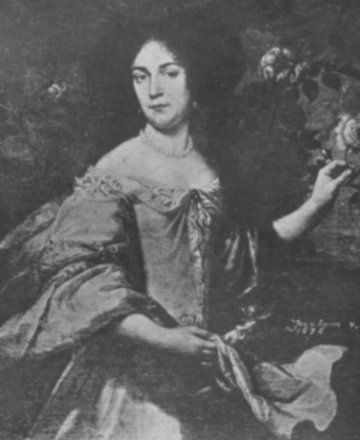
Lord Leith's final years
1925 to today - the Next Generations of Forbes-Leith
As mentioned by Mrs Stirling, Charles had a very distinguished military career. The Burkes Peerage entry for him goes thus:
'Col Sir Charles Rosdew Forbes-Leith of Fyvie, 1st Bt., OBE, memb Hon Corps of Gentlemen-at-Arms (H.M's Body Guard) and of HM'.s The King's Bodyguard for Scotland, Roy Co of Archers, ADC to HM 1910-26, MP Torquay Div of Devon 1910-23, Col TA, Hon Col 22nd (Co of London) Armoured Car Co and Lt-Col and Hon Col Imp Yeo, formerly Lt-Col Roy Dragoons, served in Hazara Expdn. 1888 (despatches, medal and clasp), in S. African War 1900 (medal with three clasps), and in WW I 1914-18 (despatches twice, Offr Legion of Honour, Offr Order of the Crown of Belgium, 1914 star, two medals, OBE); b 20 Feb 1859; yst s of Gen Robert Burn, Col Cmdt RA (d 1878) (see BURKE's L.G. 1965 edn, PELHAM BURN formerly of Adstock); m 22 July 1891, Hon Ethel Louise Forbes-Leith, OBE (d 1 Jan 1930), L,G.St.J., late Cmdt and Matron Stoodley Knowle Auxiliary Hosp, Torquay (despatches twice, two medals), only dau and heiress of 1st Baron Leith of Fyvie, and assumed by Roy Licence 1925, under the will of the late Ld Leith of Fyvie, the names and arms of FORBES-LEITH OF FYVIE.'
Their eldest son Arthur (born in 1892) was killed in action at the Chateau de Hollebeke, nr Ypres, on 30 Oct 1914. One son, Ian, and one daughter, Lorna, survived. Mrs Stirling really wanted Lorna's portrait in the original book but costs would not allow, so I have included it here. It is a beautiful portrait of a little innocent girl, who as a young woman created a scandal in 1916 by eloping with a Captain Lang (full name Captain Conyers Frederick Woodroffe Lang)
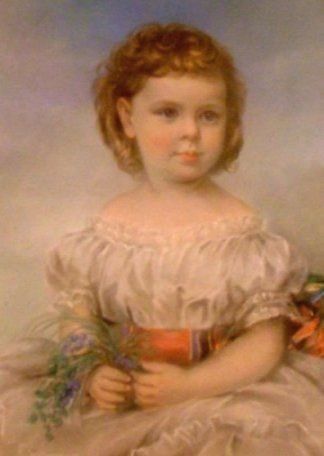
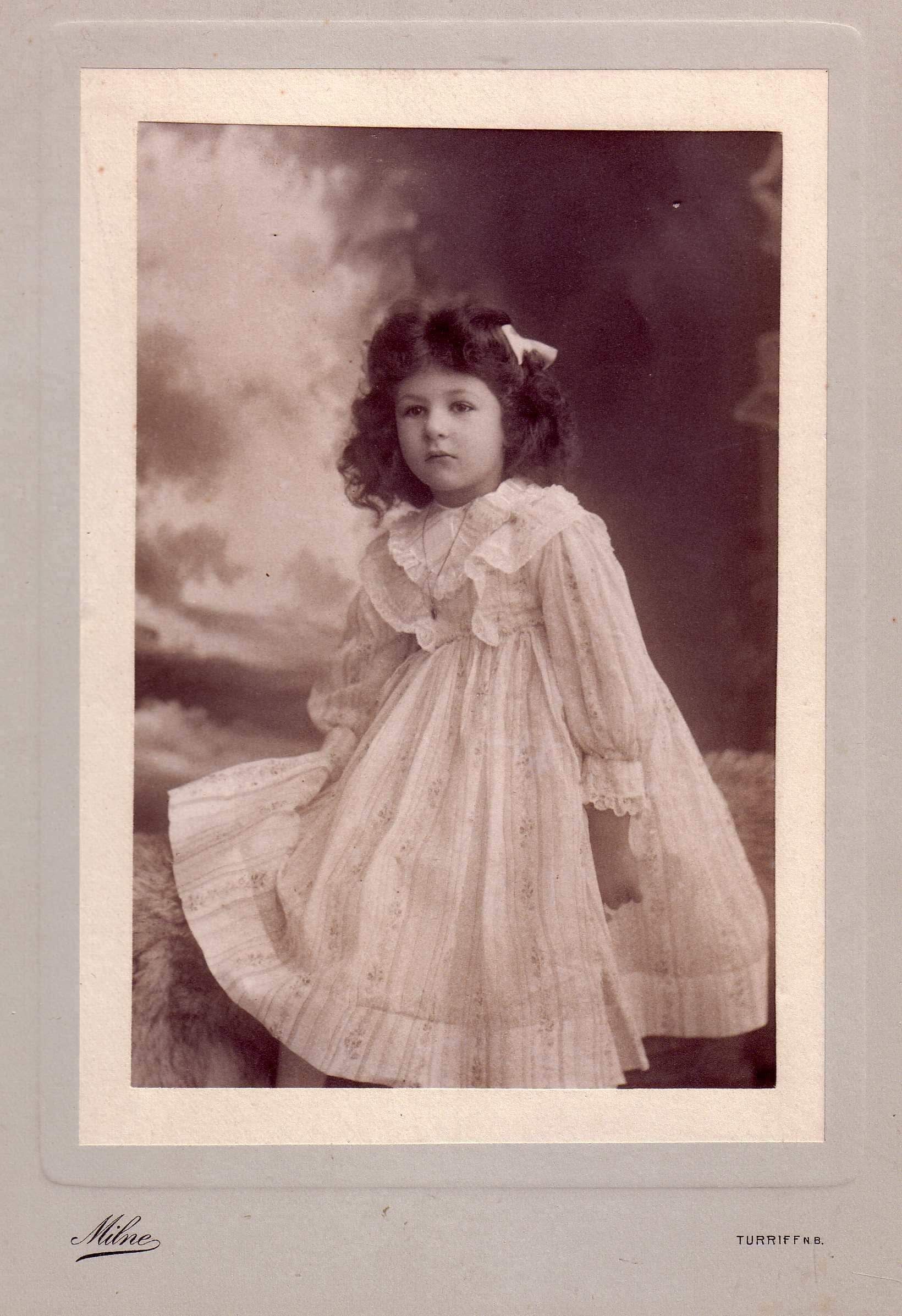
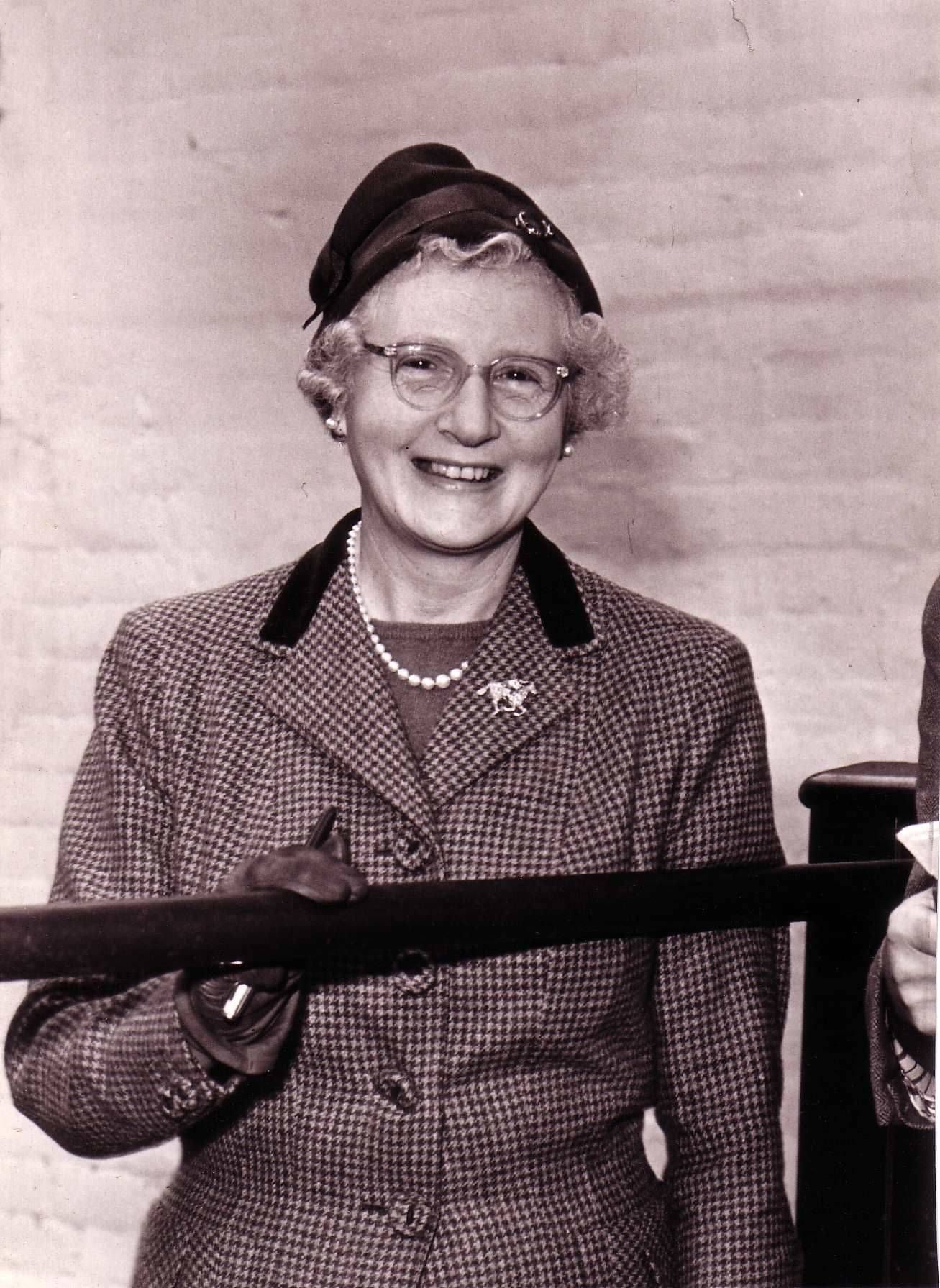
So it was Ian, the youngest son (born in 1902), who took up the reins of Laird upon his father's death on 2 November 1930 (his mother Ethel-Louise had passed away on 1 January of the same year). Burkes Peerage reports a distinguished career:
'Sir (Robert) Ian (Algernon) Forbes-Leith of Fyvie, 2nd Bt, KT (1972), MB.E (1946); educ Eton, Hon LLD (Aberdeen), DL (1946), JP (1945) Aberdeenshire, CC (1938) Aberdeen, Vice-Convenor 1950, Convenor 1955-58, Vice-Lt 1953, Ld Lt from 1959, DL (1964) Co of City of Aberdeen, Govr of North of Scotland Coll of Ag from 1953, Govr Rowett Research Inst, P/O late AAF, formerly Lt 14th Bn London Regt (The London Scottish), served in WW II 1939-45 as Maj RA (despatches), Hon A/Cdre 612 (County of Aberdeen) Sqdn, AAF 1946-55, a memb The Queen's Bodyguard for Scotland, Roy Co of Archers.'
A large baby weighing over 12lbs, Ian grew to be a commanding man of 6ft 7 1/2 inches. Apparently, the doctor was leaving the castle after Ian's birth, carrying his leather 'Gladstone' bag, when he chanced upon young Lorna. He told her that he had brought the new baby to the Castle in his bag, to which 9 year old Lorna retorted "That baby never came out of that bag"!
Sir Ian was well-loved and respected by his family, his staff, tenants, and the people of the village of Fyvie and beyond. In February 1927 he married Ruth Barnett – they were a devoted couple and they had four children; John, born in 1928, Andrew, born in 1929, Anne, born in 1932, and Mary, born in 1934. The Castle was a very happy family home, (and still retains that feeling to this day), but the outbreak of World War Two changed things for ever. Anne and Mary, who have contributed material so generously for this chapter, remember that, shortly after the Declaration of War they were all having lunch in the Dining Room when the telephone rang. Their father answered, then came back to the table and said 'I've got to join the bloody army.' As children it did not register what the implications of this were – rather, they were agog with the fact that their father had said 'bloody'.
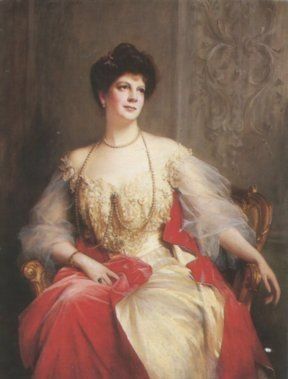
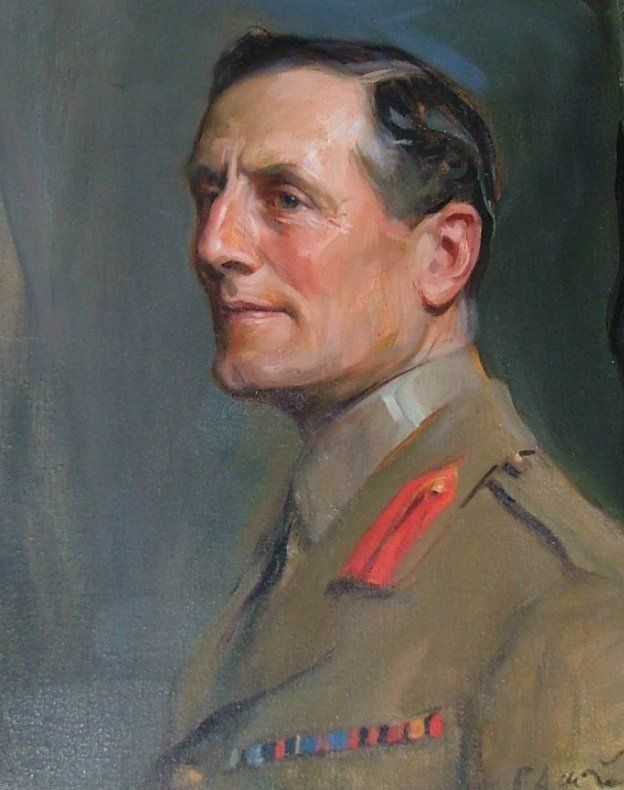
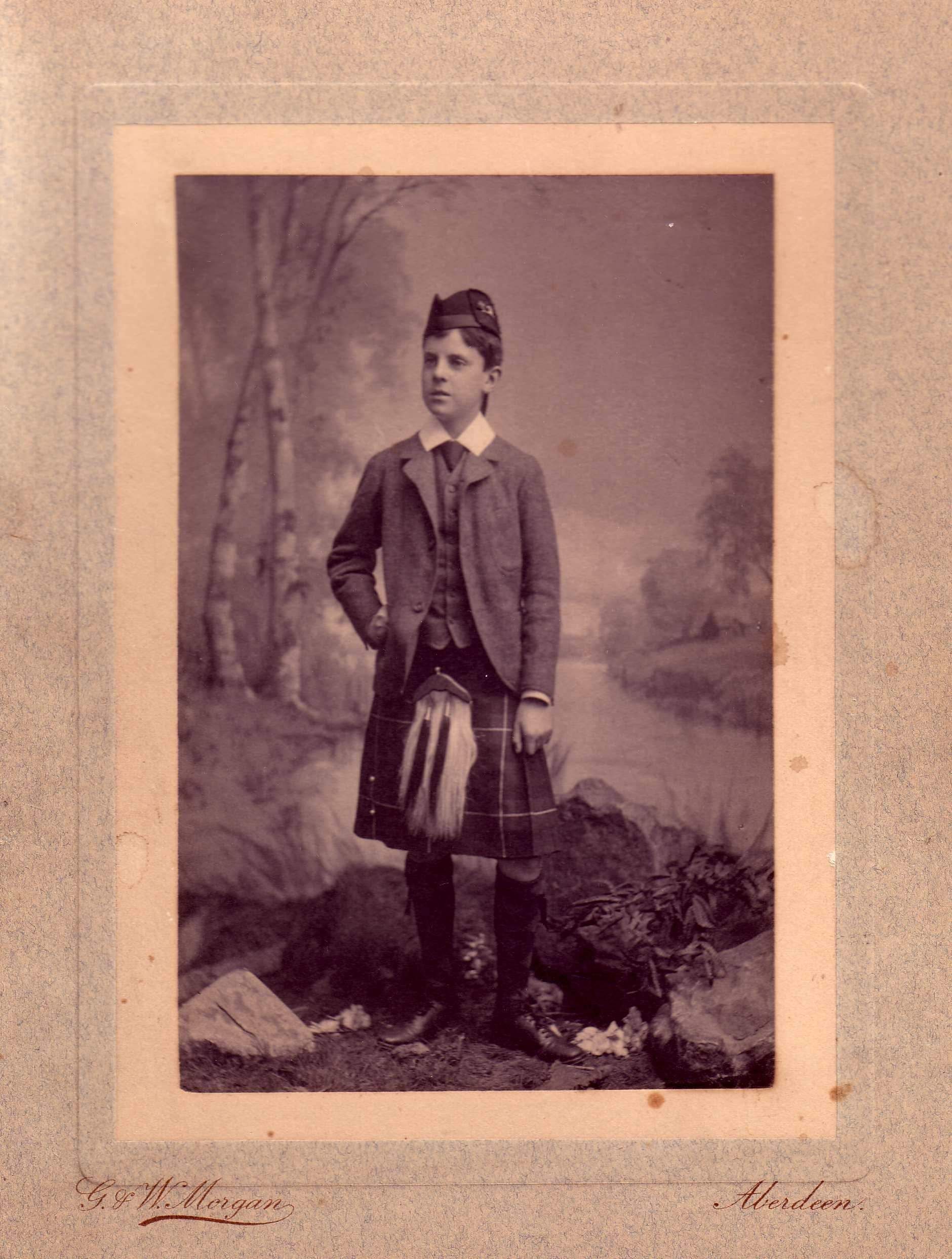
Below - Ian, son of Ethel and Charles Forbes-Leith, in later life
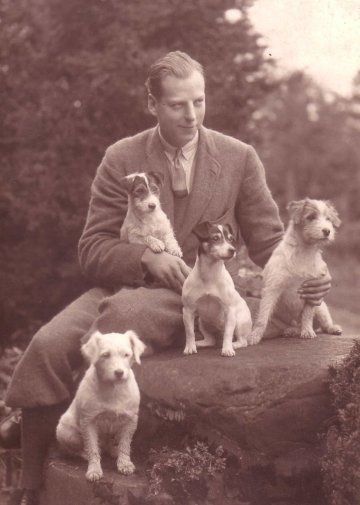
During World War II
During the war, the Castle was first turned into a maternity hospital for a short period – babies born during this time were given the middle name of Fyvie! Later it became a convalescent hospital for badly wounded soldiers. The family were only given 48 hours notice to clear the whole house in preparation – which they managed – a major achievement. All the furniture was moved to the Gallery and Drawing Room where it was covered with dust sheets and locked away for the duration. The family themselves moved into the Preston Tower, where they were shut off from the hospital area. All this activity, as you can imagine, was not without its stresses – the Cook, Mrs Cochran, quit, leaving Lady Forbes-Leith to cook for everyone! Neither she nor her Lady's Maid Miss Swalwell 'Swally' had any idea how to do this, so Lady Forbes-Leith used up her petrol ration to go to Aberdeen for three lessons (all that the petrol would allow). Anne and Mary remember that their mother's first lesson was how to wash up as you go along, the second was how to make cottage pie and milk pudding, and the third was how to make stew. At first it was very difficult getting everything right – the potatoes in particular were either mush or bullets, but Lady Forbes-Leith persevered and by the end of the War was considered an excellent cook.
There were about 40 patients in the hospital at any one time, and they all wore a blue uniform with white shirts and red ties. Lady Forbes-Leith was the Commandant of the Hospital, and there was a Matron in charge of the patients. They ate their meals in the Dining Room, and after the War when that room was being refurbished, a number of mouldering bread rolls were found behind the portrait of Lord Leith which hung at one end of the room, the way it was hung leaning slightly forward at the top had created an excellent impromptu goal!
Ruth was an indomitable woman. In addition to being Commandant of the hospital, she looked after 4 children plus her own mother who had come to live with them. With help and support from Swally she cooked for all, ran a girl's club in the village and the local Red Cross. She taught the girls how to make chamois leather gloves and of course, how to knit. They used oiled wool and knitted balaclavas and socks for the soldiers. They always attached a piece of paper to each item giving their name and address, and Anne remembers receiving a letter back saying 'thank you' for a balaclava. Ruth's sons were taught to knit too, John was very good and Andrew 'tried', it seems.The lawns were put to good use during the war, a 'tattie' (potato) patch was made right outside the big old door of the castle (the 'yett'). Lady Forbes-Leith helped on the farm at harvest time by driving a grey Ferguson tractor and once she burnt her leg very badly on the hot gearbox - she had been concentrating so hard on the work in hand that she did not feel the pain until later. The usual tractor driver remarked laconically that it always burnt a hole in his gumboot! The family had a Welsh pony called Chubby, and a gig, which Ruth used to visit the wives and mothers whose husbands or sons were prisoners of war.
Everyone did their bit, the family collected sphagnum moss from the bog at Slackie which was dried in the sun before being packed and sent on to it's destination - the war Front, where it was used as an antiseptic dressing for wounds (the moss is full of iodine).The weather today in Aberdeenshire is much kinder, on the whole, than it was in the 1940's. The lake froze over in the winter and the ice was strong enough for there to be skating and Curling, with teams from the Castle and the village competing. Some Norwegian soldiers, stationed and living in Nissan huts along the back drive during this time, taught the children how to ski. In 1947 (which was a very hard winter) everyone ran out of flour so local farmers and the estate took grain down to the village to get it milled. At that time, there was a railway line in existence with regular trains from Aberdeen to Fyvie and on to Banff and beyond. Anne remembers that the Station Master, Sandy, was a bit of a wag – her mother Ruth rang the station once, when the snow was really bad, to enquire if the trains were running and got the dry reply 'well, if they're running, they're nae running past me!'
At the beginning of the war the Castle made its own electric power by generator, but when it became a hospital, it was connected to the National Grid. There were a few radiators in the Castle, but no central heating as such, and nearly every room had an open fire. Neither Anne nor Mary remembers being cold in the Castle at that time, whereas the memories of being frozen in the winter at boarding school are still strong. There was a large boiler on the ground floor of the Castle (approx 10 feet wide) cared for by Willie Frazer in 'the furnace room'. This was kept stoked up with huge logs from Estate trees and it was so big that it only needed to be stoked twice a day.The Castle itself caught fire twice during this period. One fire started in the chimney of the Morning Room, and smoke began to coming through the wooden panelling. Apparently no one budged an inch, they just carried on reading their newspapers. Fortunately that fire was not serious but another one could have meant the end of the Castle had it not been for prompt action by Sir Ian and the under-chauffeur Jimmy Young. It had started in the linen cupboard on the top floor, apparently caused by an electrical fault, and was in danger of getting into the roof. Anne remembers her father and Jimmy going up into the roof through a small trapdoor and smoke billowing down towards her. She was terrified for them as she could hear them coughing desperately. Luckily the fire was put out before it could burn through to the rafters.
After the war
The Great Gale of 1953 did not leave Fyvie unscathed either, the castle itself suffered very little damage, but roofs flew off many farm buildings, and the Estate, heavily planted with trees, suffered badly. Mary remembers being with her father in the Seton Room watching out of the window. Suddenly the lawn started to heave and then a huge old lime tree which had been violently swaying in the gale, came crashing down. 'My father turned to me and said "Oh dear that was such a beautiful tree", his sadness was palpable'.
The Aberdeen Press and Journal reported on 9 February 1953 that some 400 acres of mature timber on Fyvie Estate had been felled by the north-westerly hurricane which had hit early in the year. Sir Ian, like his grandfather, was a great organiser, and after the gale he made contact with neighbouring Estates and co-ordinated the sale of all the timber that could be salvaged. Mary remembers that foresters, farm workers, herself and Sir Ian worked all day to clear the trees which lay in a tangled mass across the farm road. It was a great team effort and at 5pm to everyone's delight the lorry laden with milk was able to drive out again to the main road and on to Newmachar to the distributors. The main drives remained closed for many days.
The 1950's, 1960's, 1970's and beyond
Sir Ian and Lady Forbes-Leith had moved out of the Castle when it became too difficult for them to manage. Lady Forbes-Leith had bad arthritis and despite a lift being installed in 1952, they decided that a smaller house would suit them better. Sir Ian died on 17 March 1973 and was much mourned. The title then passed to their second son Andrew. Lady Forbes-Leith survived Sir Ian by only seven weeks, dying on 11 May 1973. Sir Ian had been her life and she could not go on without him.
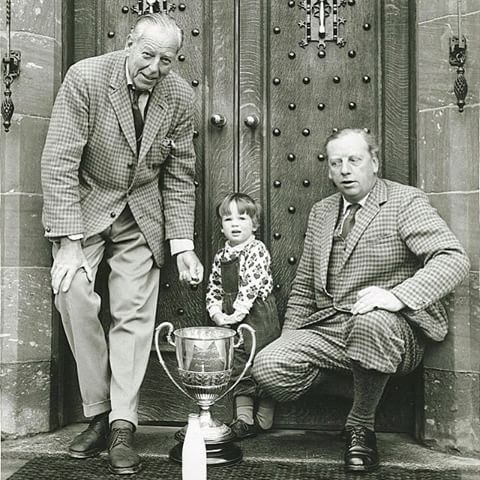
Sir Ian is on the left and Sir Andrew as he became is on the right.
They are in front of a cup won for an award for their milk from Home Farm, where they kept Jersey cows and bottled their own-lable milk
The wee lad in the middle is either George or John - he looks like John, Andrew's younger son, to me though
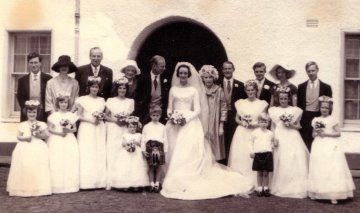
Andrew did his best to be both mother and father to his four children and was later to became a much loved and very proud Grandfather to 12 grandchildren. His sisters and his children have nothing but admiration for him. They remember him as a brilliant teacher whom children of all ages adored. On skiing trips he would organise everyone and it was said that he was like the pied piper with a line of children in tow behind him. His gift to engage with young people was astonishing. He was also a great naturalist and took a keen interest in the natural world around him. He once took hold of the hind leg of a sleeping roe buck, "I wanted to see if I could creep up on him" but also to teach the young fellow a lesson, to stay alert at all times! His ability to name any bird plant or animal was legendary.
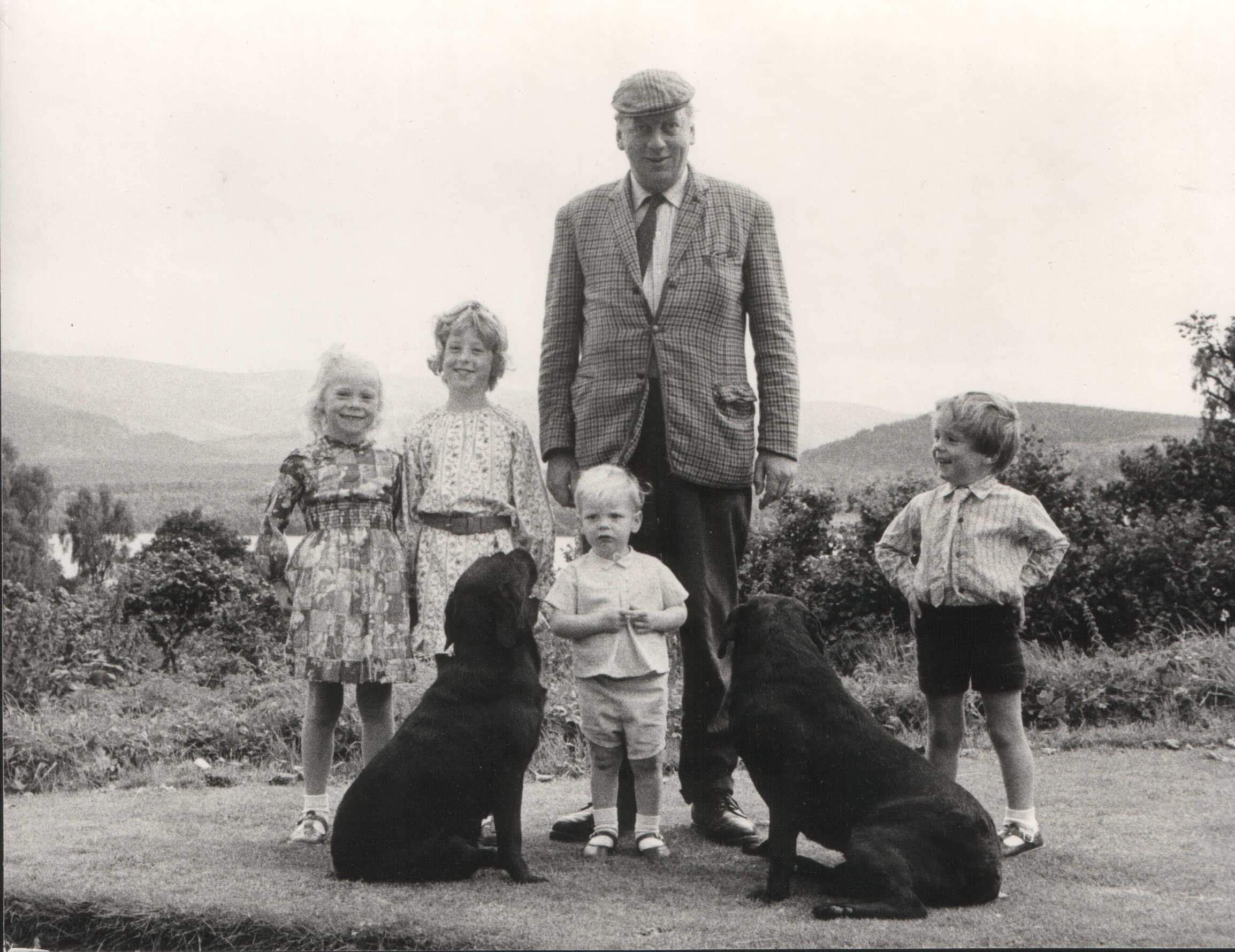
Today, Fyvie Castle is a marvellous place to visit. Internally it is shown in its Edwardian splendour but the more ancient history seeps from its walls into the soul as one walks round.
The present Laird, Sir George Forbes-Leith Bt. has fond memories of childhood holidays, where there was plenty of space to roam and much mischief to get up to. Today he has his own family to enjoy, and they in turn, can still enjoy Fyvie Castle where their ancestors have been living since the fifteenth century.
